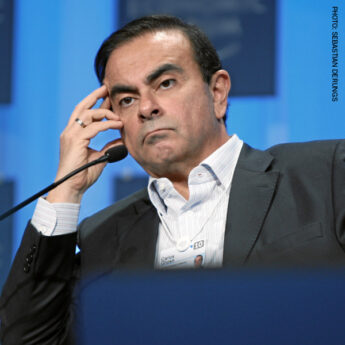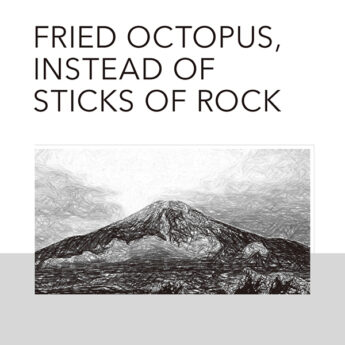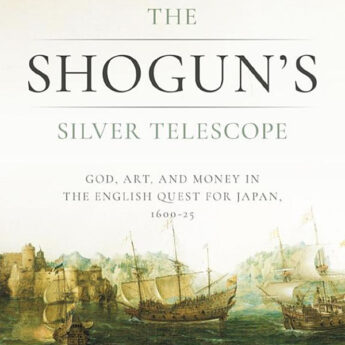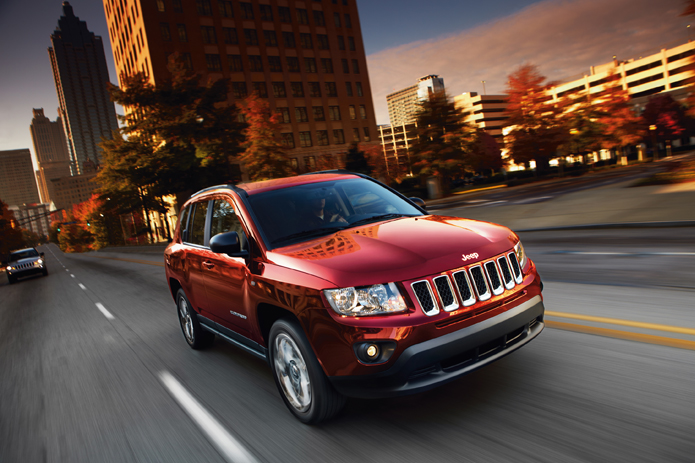Economical, responsive and a lifestyle thing
From the driver’s seat of the Jeep Wrangler Unlimited Sahara, I have risen above the fray. Instead of exchanging looks with taxi drivers at sedan height, I am admiring the view over their roofs and getting a new angle on Tokyo. And, on this city’s congested streets, it’s a sensation that I could get used to.
Maybe it’s just my imagination, but a Jeep that is bright orange (technically, “orange crush”), has tyres that reach up to my thigh, and boasts a front bumper the size of the bonnet of a typical Japanese minicar, gets a good bit more elbow room than the car I usually drive. Plus a touch more respect on the road, probably because it looks as if it would quite happily crush anything that got in its path.
Parts of this vehicle reminiscent of its forebear, the World War II workhorse, include the seven-slotted engine grille and the solid, four-square design. But in other respects, the Jeep has come a long way.
First, there’s no olive drab anywhere, the Jeep now being available in eye-catching “dozer yellow” and a semi-fluorescent shade that Jeep is calling “gecko green”.
The interior of the car would also be unrecognisable to a GI of 1940s vintage, with leather seats and a smart two-tone trim throughout. The layout of the dashboard is clear and efficient for the driver, and the state-of-the-art navigation system is a huge bonus.
Finger controls for a range of functions on the steering wheel are also a big improvement, while the other controls have clearly been placed with the driver’s innate needs in mind, making it an easy vehicle to which to adapt.
The front wheel arches disappear from view quite sharply, and make estimating your position a little tricky. Meanwhile the windscreen—distinctive and an authentic throwback to earlier versions—may at first seem a little small, and the sturdy roof pillars appear to impair your vision, but these are very minor quibbles to which one quickly becomes accustomed.
Under the bonnet, the 3.6-litre Pentastar V-6 gives a satisfying growl and power the instant I touch the pedal. The new powertrain has also been tweaked to give 113.4kg/0.3048m of torque, a 10% improvement on previous versions. And for a big car, the Wrangler Unlimited really does have light, responsive handling.
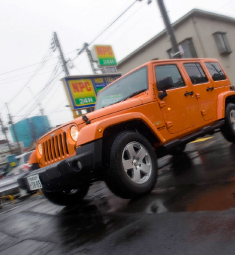
Looks down on most Tokyo traffic.
But the real fun starts when the weather warms up. The two-panel sunroof over the driver and front passenger is easily unclipped and lifted out, and—even better for a trip to the beach—the entire rear roof section can be unbolted, baring to the elements the rear bench seat (that is protected by a padded roll bar, in which the stereo system speakers are embedded) and the spacious boot.
In a smart move, given that off-road opportunities are limited in this country, Jeep is not promoting its new range as primarily for the rugged outdoorsmen among us.
Instead, they are underlining its green credentials. The new technology in the Jeep Wrangler Unlimited Sahara’s engine means that the Japanese government recognises it as an environment-friendly car, as a result of which it qualifies for the national eco-subsidy programme, and is the perfect alternative to the more run-of-the-mill family estate vehicles.
Jeep also wants owners of its auto models to see them as extensions of their lifestyle, whether that involves getting to surfing beaches in Chiba Prefecture or mountain hiking trails in Hakone. Currently, the firm is identifying bars, cafés, restaurants and an array of other venues that fit in with that concept.
The lounge bar Kinfolk, for example, looks out from an old-fashioned, wood-beamed building on a quiet back street between Naka-Meguro and Daikanyama. With its mismatched sofas and small counter bar, the premises has attracted a close following among international travellers, design aficionados, neighbourhood regulars and “drinkers with biking problems”, according to owner John Beullens, who is also behind the Kinfolk Bicycle Co.
The Jeep looks very comfortable parked outside.
Jeep Japan: 0120-712-812
HISTORY
On the grab bar in front of the passenger’s seat of the Jeep Unlimited are the words “Since 1941” in the stencilled lettering recognisable as that of the military.
Jeep is proud of its heritage, stretching back more than 70 years—few car manufacturers can boast similar longevity—and that link, between past and present, deliberately has been continued to this day.
The genesis of the Jeep dates back to July 1940, when the US military informed vehicle makers that it was looking for a “light reconnaissance vehicle” to replace the army’s motorcycles and Ford Model-T cars. Some 135 firms were invited to bid and given a long list of specifications, including a load capacity of 600lbs (272.2kg), wheelbase of less than 75in (109.5cm), height off the ground of under 36in (91.4cm), fold-down windshield, four-wheel drive, and overall weight of less than 1,300lbs (589.7kg).
Willys-Overland and the American Bantam Car Manufacturing Co. were the only two to submit a design, but were soon joined by Ford Motor Co. in bidding for the lucrative government contract.
The Willys was selected and quickly became known as the Jeep.
Some believe the name derives from slurring together the letters GP (general purpose), while others say the Jeep was named after the character Eugene the Jeep in the Popeye cartoon strip. But whatever its origin, the name Jeep quickly entered the lexicon and effectively became a catch-all word for off-road vehicles.
By 1945 Willys-Overland had built more than 368,000 vehicles for the military, with Ford having added an extra 277,000 under licence.
Photos by Rob Gilhooly


